Sunday, May 17, 2009
Along the Great Wall (Vienna) : цагаан хирэм дагуу
In May 2009 I presented this project and my work - and some lessons learned from it- at the symposium, Along The Great Wall: Architecture and Identity in China and Mongolia - at the kind invitation of Vienna University of Technology. Photos of the symposium are here, and the University may publish the proceedings.
Monday, April 06, 2009
learning from Ulaanbaatar
My purposes in Ulaanbaatar (2007-2008) were mainly to train architectural teachers, to teach students, to encourage the use of English, and to support the development of the Mongolian association of architects. My experience of professional development in Mongolia was very slow and incremental compared to my experience elsewhere.
I was often approached to work with community and activist groups in Ulaanbaatar,
and the college’s entrepreneurial approach created interesting architectural projects, despite needing to work within difficult constraints. Two ‘live’ studio projects – for Eco-Houses and a Childrens Camp – presented opportunities to study architectural processes of site analysis and brief development.
Over the year I was there, I believe the teachers enhanced their understanding about accessible and energy-efficient construction, about principles of project management, like time management and team planning, about site analysis and project planning, about organising client meetings and briefings, and about researching and writing architectural programme briefs for projects.
It will be a real challenge for these teachers - and for the association of architects in Mongolia - to continue to develop these processes.
In two live projects – ‘Sanzai Eco-houses’ and ‘Yarmag Children’s Camp’- newly trained
architects (like Mr, Lhkagvaa and Mr. Gursed) and architecture students aimed to incorporate participatory practice in their design projects, consulting with clients, and exploring options for site analysis.
Questions raised in an outside analysis of these processes by students at Sheffield University
included, for example;
How is traditional architecture valued by clients and designers of such projects, in the development of these peri-urban areas?
Can traditional Mongolian Gers still be considered an effective option for rapid-deployment, sustainable, informal settlement?
These researches are now being pursued locally by Purev-Erdene Ershuu at MUST and by Michael Fuerst, with the technical support of the international agency GTZ.
There are many lessons to be learned from the issues of peri-urban settlement in Mongolia, and further suggestions could be made on which issues could be further explored in future work on architecture in development being undertaken in Mongolia.
I was often approached to work with community and activist groups in Ulaanbaatar,
and the college’s entrepreneurial approach created interesting architectural projects, despite needing to work within difficult constraints. Two ‘live’ studio projects – for Eco-Houses and a Childrens Camp – presented opportunities to study architectural processes of site analysis and brief development.
Over the year I was there, I believe the teachers enhanced their understanding about accessible and energy-efficient construction, about principles of project management, like time management and team planning, about site analysis and project planning, about organising client meetings and briefings, and about researching and writing architectural programme briefs for projects.
It will be a real challenge for these teachers - and for the association of architects in Mongolia - to continue to develop these processes.
In two live projects – ‘Sanzai Eco-houses’ and ‘Yarmag Children’s Camp’- newly trained
architects (like Mr, Lhkagvaa and Mr. Gursed) and architecture students aimed to incorporate participatory practice in their design projects, consulting with clients, and exploring options for site analysis.
Questions raised in an outside analysis of these processes by students at Sheffield University
included, for example;
How is traditional architecture valued by clients and designers of such projects, in the development of these peri-urban areas?
Can traditional Mongolian Gers still be considered an effective option for rapid-deployment, sustainable, informal settlement?
These researches are now being pursued locally by Purev-Erdene Ershuu at MUST and by Michael Fuerst, with the technical support of the international agency GTZ.
There are many lessons to be learned from the issues of peri-urban settlement in Mongolia, and further suggestions could be made on which issues could be further explored in future work on architecture in development being undertaken in Mongolia.
Saturday, January 24, 2009
architect teacher trainer

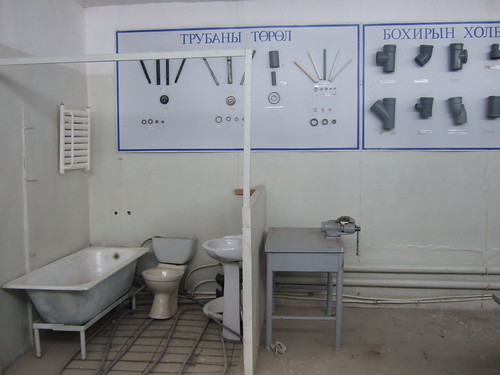
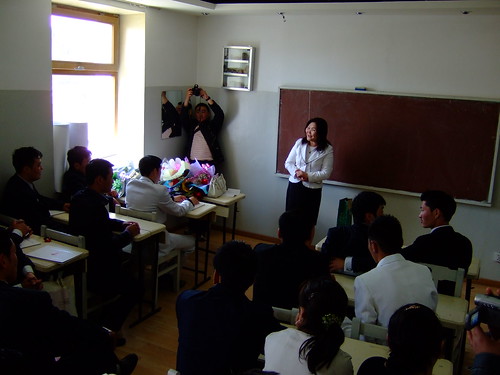
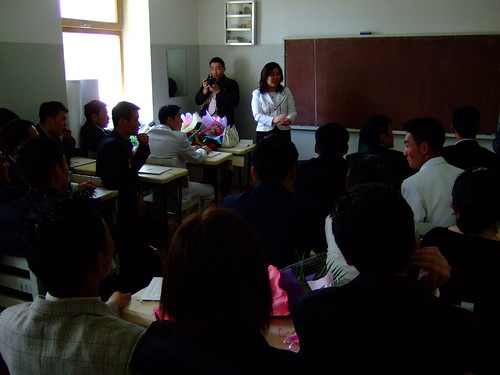
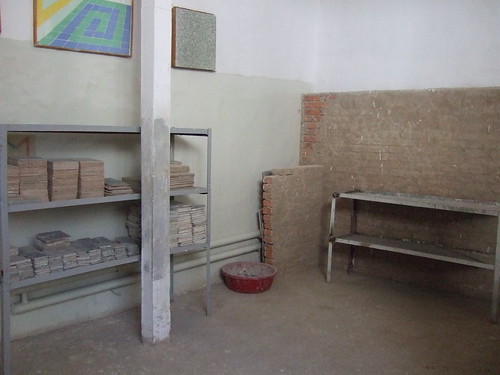

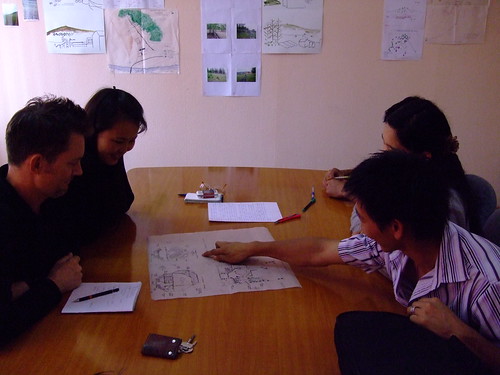
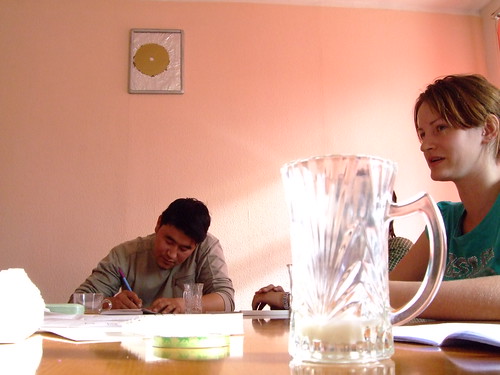


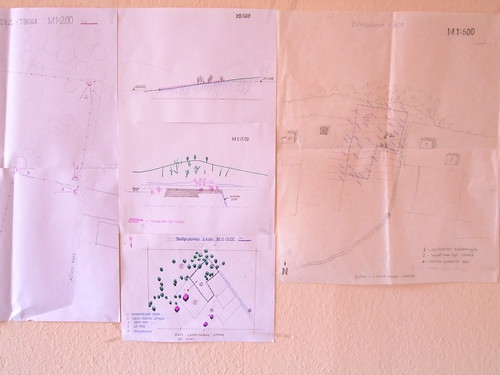


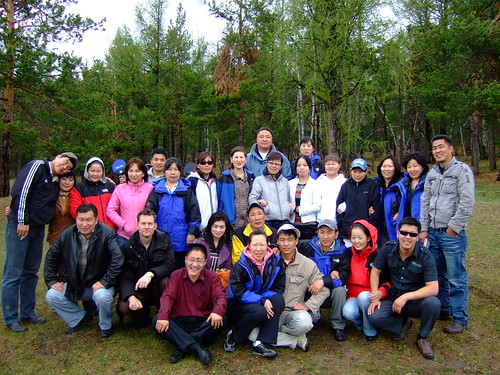
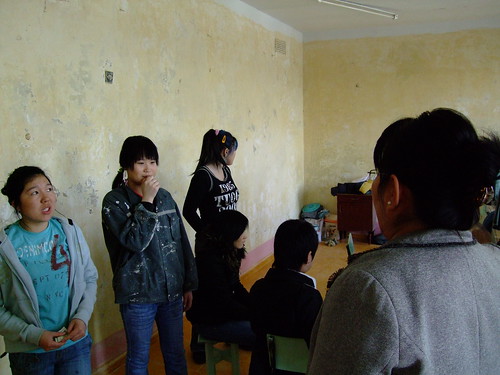

Related:
Vienna University of Technology Comparative Architectural Research
Sheffield Lines of Flight (workshop), Alternative Architectural Praxis
London Met MA Architecture of Rapid Change and Scarce Resources
UCL Building and Urban Design in Development
Oxford Brookes Centre for Development and Emergency Practice
Kingston Design for Development
Sunday, January 11, 2009
Informal Architectures, Participatory Practices
Supreeya Wungpatcharapon of PhD research group Lines of Flight at Sheffield University (and Doina Petrescu) arranged that I present Seminar 09 there: Informal Architectures and Participatory Practices
Subscribe to:
Posts (Atom)


